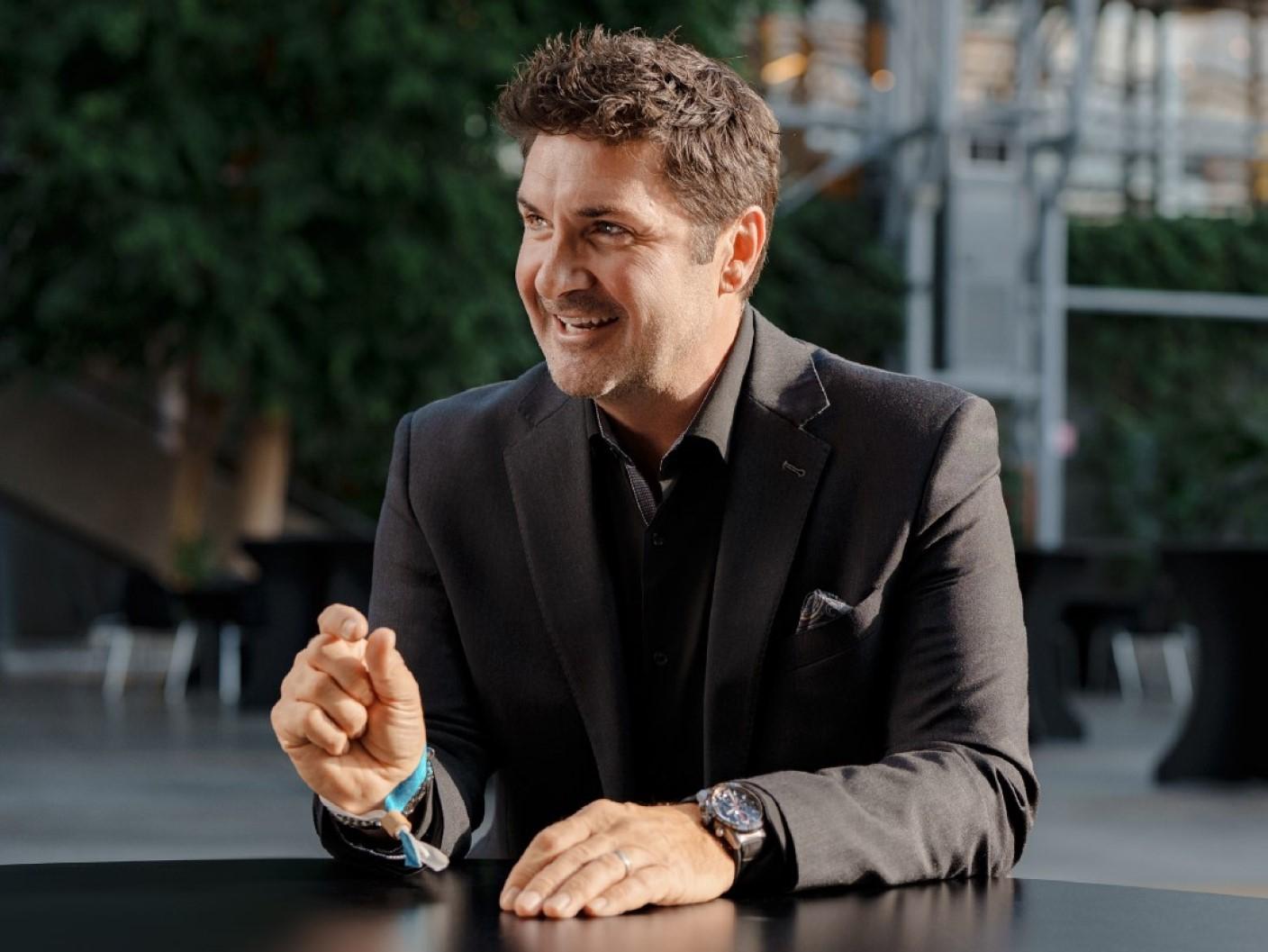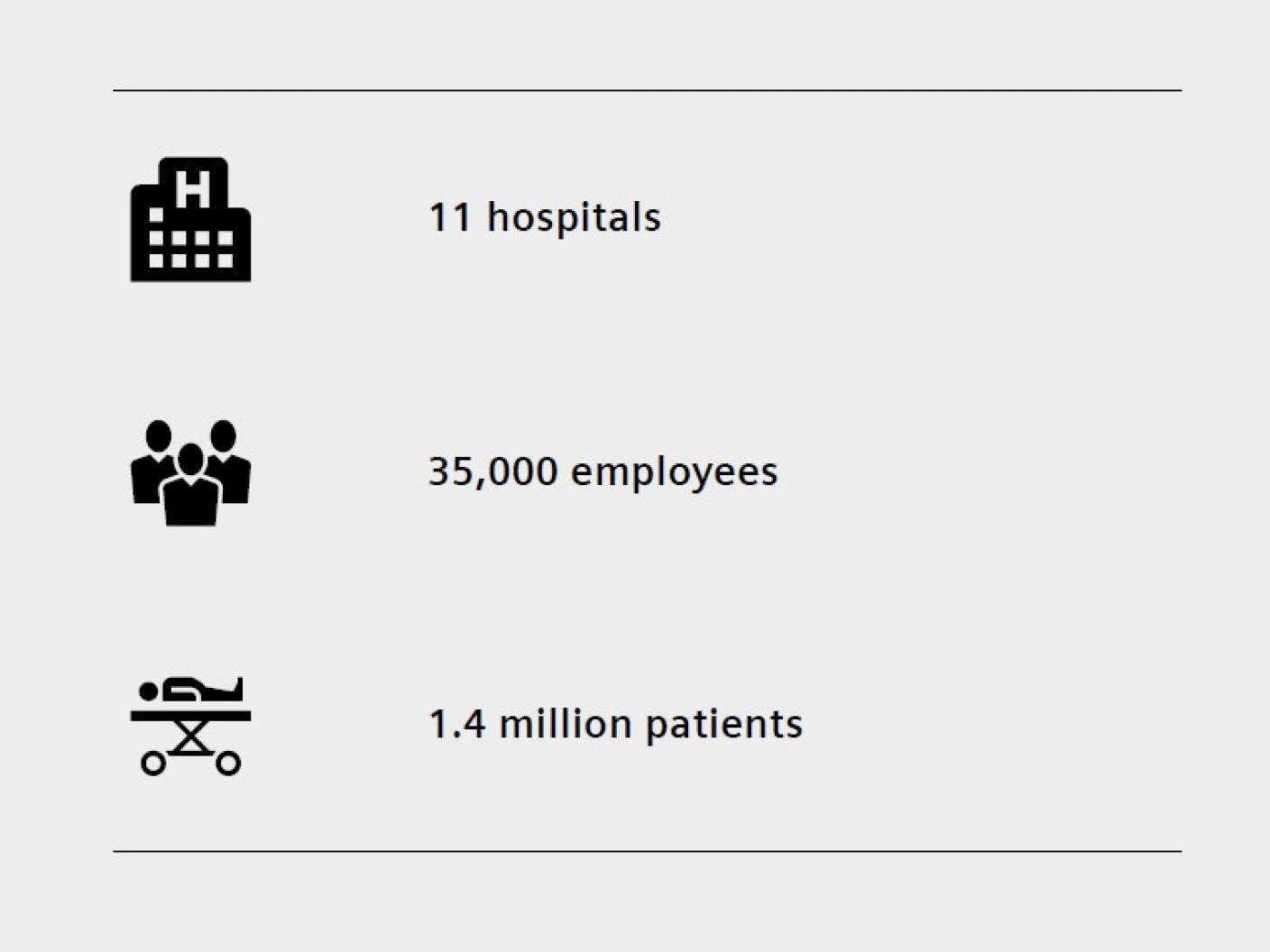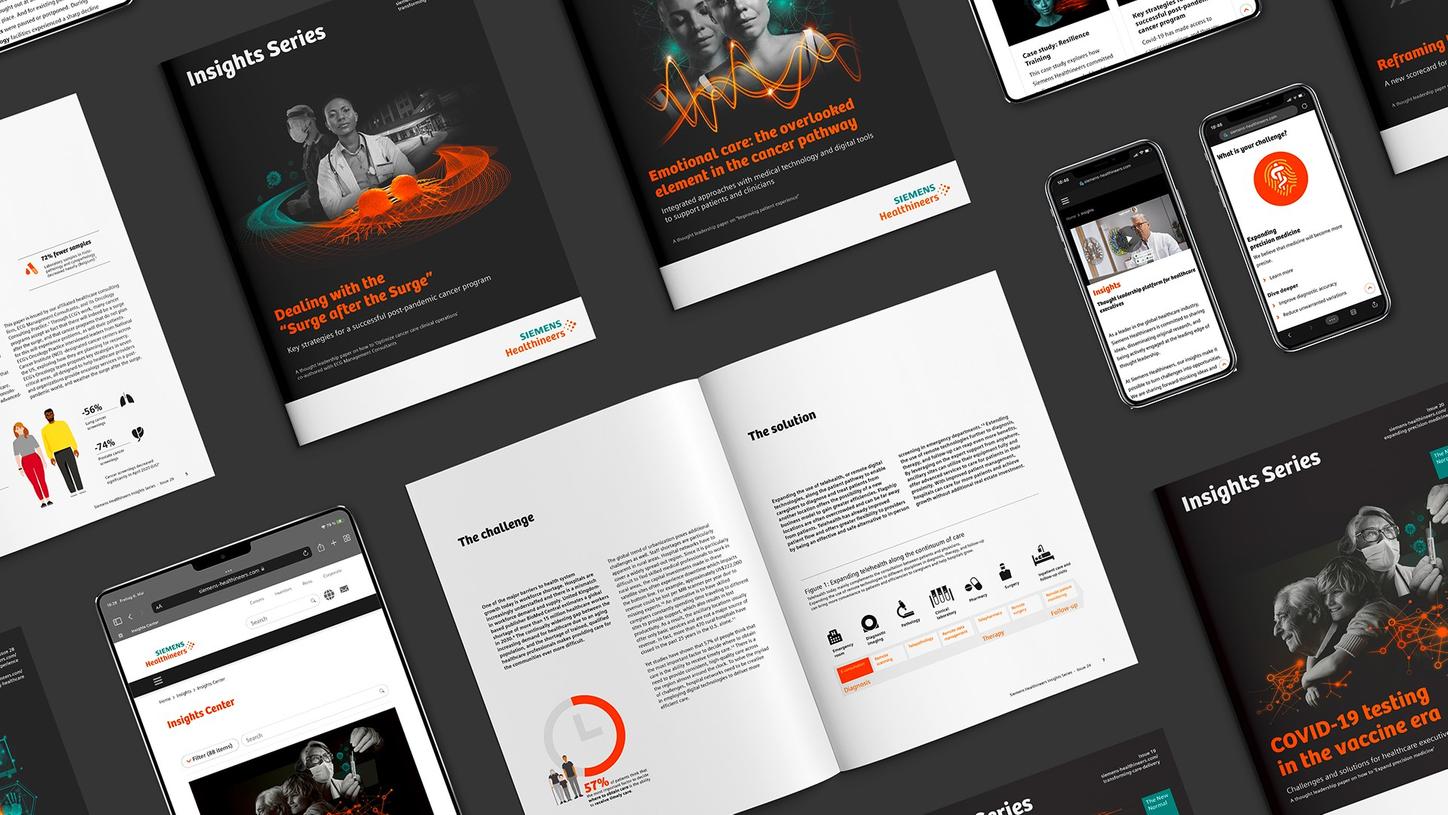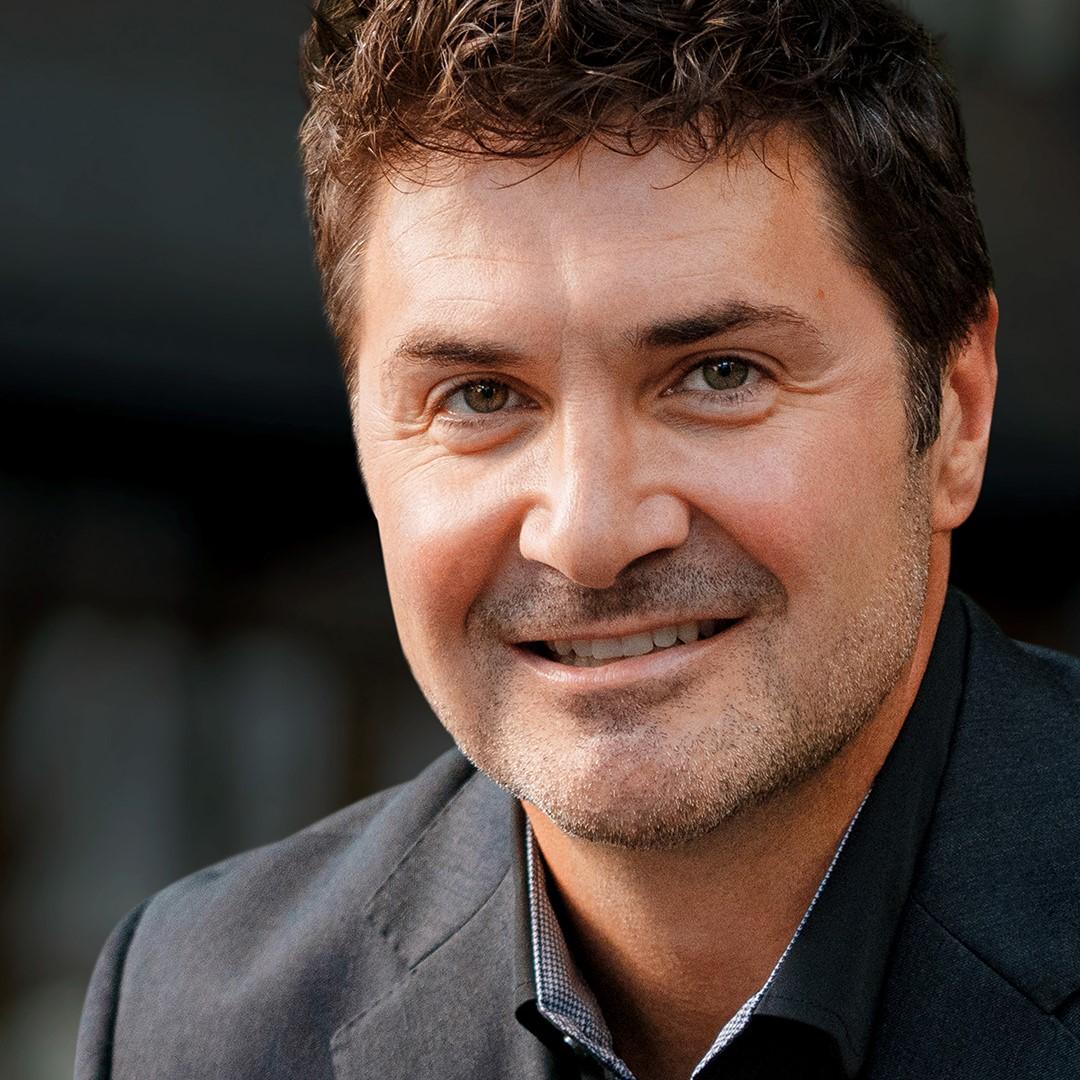Article authors: Jeff Good, Joanne Grau and André Steinbuss | Reading time: 7 minutes
Environmental sustainability in healthcare is increasingly vital. The sector accounts for about 4.4% of global carbon emissions1 and hospitals generate over 5.9 million tons of waste annually.2 Many hospitals face challenges in becoming sustainable hospitals, as this transformation requires dedicated management and resources. Embracing the concept of a circular hospital involves key strategies like reducing energy consumption in healthcare facilities and recycling medical waste.ћэ
The following interview withћэJeff Good, Chief ћм√ј”∞‘Ї Executive at Northwestern Medicine, outlines a roadmap for how health systems can embed environmental sustainability into their core mission, reduce costs, and enhance community health outcomes.
вАЬItвАЩs sometimes been said that sustainability is a marathon, not a sprint. But I think an even better analogy is a relay race.вАЭ
'ћм√ј”∞‘Ї in action' - Interview with Jeff Good
The environmental, financial, and social challenges facing healthcare providers are inextricably linked. We know that institutions who embrace sustainable practices are better equipped to meet the evolving needs of both patients and communities. But is greater sustainability a realistic and attainable goal at a time when resources are strained, patient demands are increasing, and costs are rising? How can one get started amongst these challenges?
Question (Siemens Healthineers):ћэ
Jeff Good, thank you for speaking with us. YouвАЩve now served as Chief ћм√ј”∞‘Ї Executive at Northwestern Medicine since 2023. Could you tell us a bit more about how you approached this new role when you accepted this position?
Answer (Jeff Good):
ItвАЩs great to talk to you. In a role like this, I think itвАЩs essential to start with a clear understanding of the Why. To undertake a sustainability journey in healthcare you have to be clear about why youвАЩre doing it. ћм√ј”∞‘Ї in this context isnвАЩt just about meeting global targets or checking boxes on an environmental checklist; itвАЩs about making a genuine, tangible impact on the communities you serve.ћэ
Institutions have to start by clarifying their purpose: Are they motivated by the pressing need to improve air quality, reduce waste or by a desire to improve the health and well-being of local populations? Whatever the impetus, authenticity is key. You have to be authentic about what you can do and set realistic, achievable goalsвАФgoals that are aligned with social realities.ћэ
In my experience, itвАЩs better to set goals based on making a local impact in your community rather than investing in environmental efforts in another country or adopting lofty, abstract targets that might resonate on a global stage. True sustainability cannot be a distant, far-off ideal; it has to be a practical commitment to improving the systems and spaces where patients live, work, and heal. That can mean things like reducing pollution in urban centers, ensuring access to healthy food, or lowering the volume of healthcare-associated waste.

Question (Siemens Healthineers):ћэ
Once youвАЩve decided to focus on local efforts, whatвАЩs the next step? How do you decide what to pursue and how do you ensure that youвАЩre getting results?
Answer (Jeff Good):
The next crucial step is baselining. Before a hospital or clinic can embark on meaningful change, it first needs an accurate assessment of its current environmental impactвАФthings like resource usage and operational inefficiencies. This means taking stock of everything from energy consumption to waste management practices to water use to supply chain logistics. Baselining is more than a snapshot; it provides the data necessary to identify areas for improvement.
Once you have this data, you then have to prioritize initiatives based on their potential impact and financial feasibility. You have to ask tough questions like, can something be done without impacting our financial capabilities? Or which projects can bring immediate returns with less investment? ћм√ј”∞‘Ї efforts have to be both impactful and financially viable. You donвАЩt need to boil the ocean. Even the small actions count.
Question (Siemens Healthineers):ћэ
This approach was probably a change from the way things had been done previously. What steps did you take to ensure buy-in both from management and from employees, especially those who were directly impacted?
Answer (Jeff Good):
These efforts did represent a change for a lot of people. For an initiative like this to succeed, clear and consistent communication is essential. Not just with senior management, but with everyoneвАФtrue buy-in has to start at the ground level. One important step is to make it easy for employees to find information in a centralized place and to engage directly, for example an internal webpage that talks about all the sustainability initiatives and allows people to submit their own ideas.
For us, one of the most effective ways to foster this was to establish a local ћм√ј”∞‘Ї CouncilвАФan inclusive group that not only drives initiatives but actively listens to the insights and concerns of frontline staff. For us, these councils are a forum for sharing best practices and pilot projects, but also for creating a culture of collaboration where ideas flow freely.
Today, weвАЩre seeing a lot of sustainability programs that were initiated by staff. For example, it was the frontline staff that noticed patient booties were being thrown away, and they questioned whether these could be repurposed somehow. Other employees have challenged us on eliminating Styrofoam cups or plastic straws.ћэ

Question (Siemens Healthineers):ћэ
The challenge with a lot of sustainability initiatives is that people donвАЩt see the results or the impact in their day-to-day work. As you said at the outset, goals can often be very abstract. When projects like this get off the ground, what do you do to make sure that people feel personally engaged?
Answer (Jeff Good):
YouвАЩre right, making sustainability visible is a crucial part of clear communication, especially with employees. When people see our commitments materialize through visible actionsвАФwhether itвАЩs energy-efficient retrofits or waste reduction effortsвАФtheyвАЩre much more likely not only to support them but to become active participants.
For example, when recycling bins are placed around the hospital, staff realize that the hospital is being more circular in its approach. Not everyone might understand what it means to reduce greenhouse gas emissions, but they understand that things they use are being recycled and reused and that this material is helping others. Steps like this not only gets results, but they also serve as important visual reminders.
Question (Siemens Healthineers):ћэ
You mentioned results. At the end of the day, thatвАЩs what everyone is looking for! Management, as well as employees want to know if the efforts theyвАЩre making are having an impact. How do you demonstrate this?
Answer (Jeff Good):
Measuring outcomes is essential. ItвАЩs not enough to just implement sustainability initiatives. You have to invest in measurement tools and data analytics to track your progress. Whether itвАЩs assessing energy savings, waste reduction, or the carbon footprint of supply chains, you need granular data in order to understand the real-world impact of these efforts.ћэ
The benefits of this are twofold: having accurate data reassures leadership that they are making meaningful strides toward their sustainability goals; that their investments are paying off. And second, it provides transparency to staff and stakeholders, showing them the organization is on the right path.
The other benefit of precise data is that it allows you to refine strategies. ћм√ј”∞‘Ї cannot be just a one-off initiative. It has to be an ongoing process, a process that often requires persistence and adaptation.ћэ
A careful review of data sometimes means making adjustments to existing initiatives. And sometimes it means looking ahead at long-term goals even if immediate results are modest.
But it can happen that the data may not demonstrate what you expect to see. Often, you just have to stick with it. Engage with vendors and form a close partnership so they can support you to look for better way to collect more data or measure it at a refined level to see your investment is paying off. You know you are doing the right thing, and the outcome is probably there, but maybe it is just not being measured in the right way.
вАЬOur vendors are the ones with the expertise and innovation know-how on how products can be made more sustainable.вАЭ
Question (Siemens Healthineers):ћэ
YouвАЩve talked about the internal measures youвАЩre implementing at Northwestern. What about the wider community and your many partners. How do you engage with them?
Answer (Jeff Good):
For us, our vendors and suppliers are crucial partners. WeвАЩre working on formalizing a procurement plan to engage vendors in our sustainability efforts. TheyвАЩre the ones with the expertise and innovation know-how on how products can be made more sustainable. They are eager to hear our ideas, and weвАЩre eager to hear theirs. That can be anything from reducing waste by making products that are reusable or developing technology and equipment that is more energy efficient.
ItвАЩs also important to create a network on this topic. In Chicago, there are five large medical centers. While we are competitive with each other, when it comes to sustainability, I find that hospitals are keen to work together and share sustainable practices. We asked each other questions like, вАЬWhat have you done with reprocessing? WhatвАЩs your experience with reusable gowns?ћэ
Did you think about waste in this way?вАЭ People are willing to share because we all know we are doing the right thing, and thatвАЩs refreshing. When it comes to sustainability, weвАЩre all on the same team!ћэ
ItвАЩs sometimes been said that sustainability is a marathon, not a sprint. But I think an even better analogy is a relay race. To get to the finish line, a lot of different people and organizations have to participate.
4 steps to jumpstart environmental sustainability
How to get started with environmental sustainability in your hospital today.

About Northwestern Medicine
Northwestern Medicine is a non-profit healthcare system affiliated with the Northwestern University Feinberg School of Medicine in Chicago, Illinois. It includes research hospitals, acute care facilities, and academic centers comprising a network of 11 hospitals, 35,000 employees, and serving more than 1.4 million patients in the Chicago area.
We spoke with Jeff Good, Chief ћм√ј”∞‘Ї Executive at Northwestern Medicine, to learn more about his experiences developing and implementing effective sustainability solutions. His insights on how Northwestern Medicine tackled these challenges are candid and instructiveвАФand provide a positive example of how sustainability, innovation, greater community engagement, and improved patient outcomes can be successfully combined.
This thought leadership publication is part of the Siemens Healthineers Insights Series. It provides ideas and practical solutions on "Resource Preservation". For more Insights, please visitћэsiemens-healthineers.com/insights-series.

Stay tuned with regular executive insights
Subscribe to discover thought-provoking ideas, gain practical solutions to todayвАЩs most pressing healthcare challenges, and receive ourћэInsights Series.





